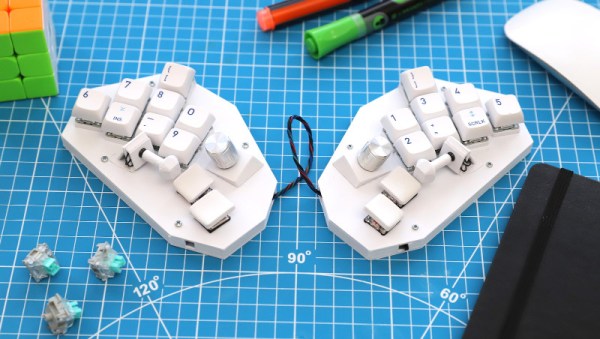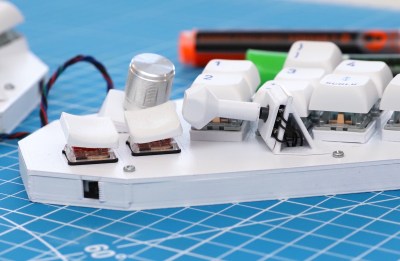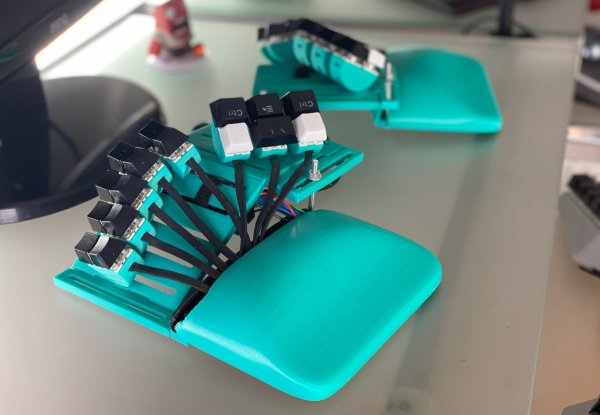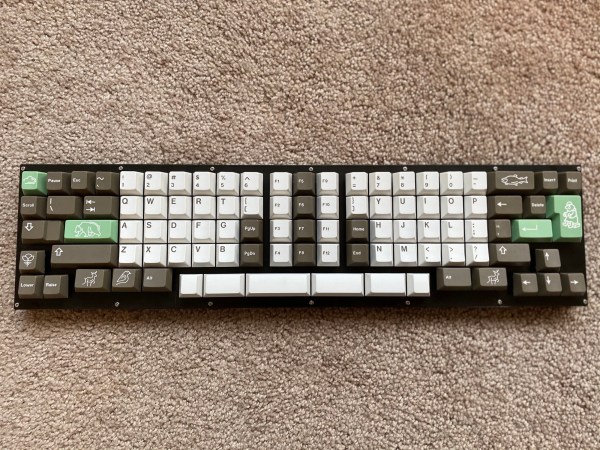Most one-handed keyboards rely on modifier keys or chording (pressing multiple keys in patterns) to stretch the functionality of a single hand’s worth of buttons. [Dylan Turner]’s PS-OHK takes an entirely different approach, instead putting 75 individual keys within reach of a single hand, with a layout designed to be practical as well as easy to get used to.
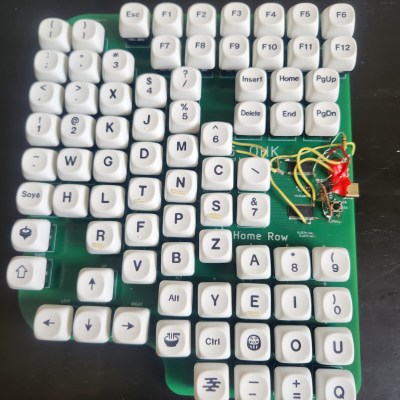
The main use case of the PS-OHK is for one hand to comfortably rest at the keyboard while the other hand manipulates a mouse in equal comfort. There is a full complement of familiar special keys (Home, End, Insert, Delete, PgUp, PgDn) as well as function keys F1 to F12 which helps keep things familiar.
As for the rest of the layout, we like the way that [Dylan] clearly aimed to maintain some of the spatial relationship of “landmark” keys such as ESC, which is positioned at the top-left corner of its group. Similarly, arrow keys are grouped together in the expected pattern.
One-handed keyboards usually rely on modifier keys or multi-key chording and it’s interesting to see work put into a different approach that doesn’t require memorizing strange layouts or input patterns.
Want to make your own? The GitHub repository has everything you need. Accommodating the 75 physical keys requires a large PCB, but it’s a fairly straightforward shape and doesn’t have any oddball manufacturing requirements, which means getting it made should be a snap.


